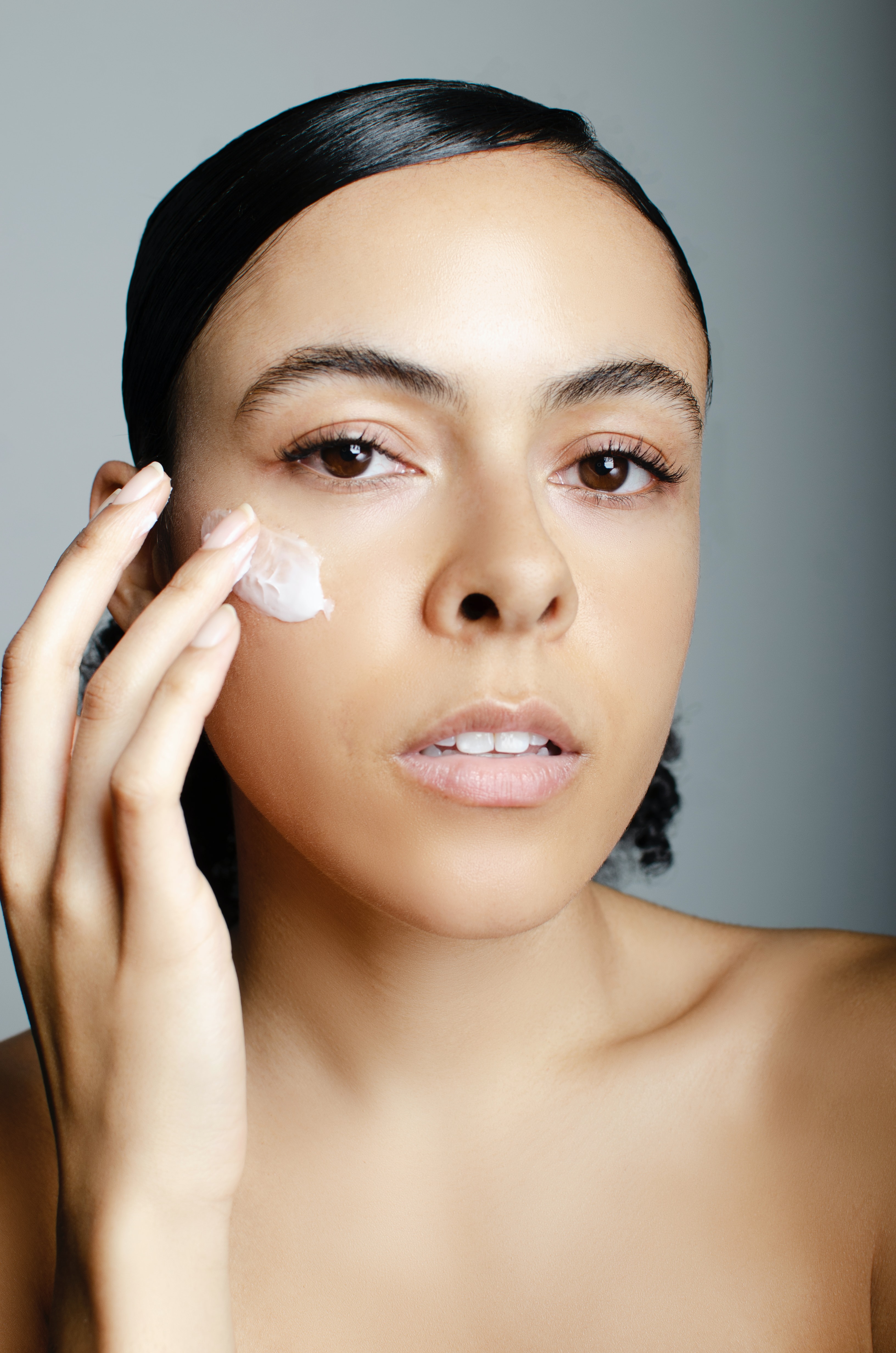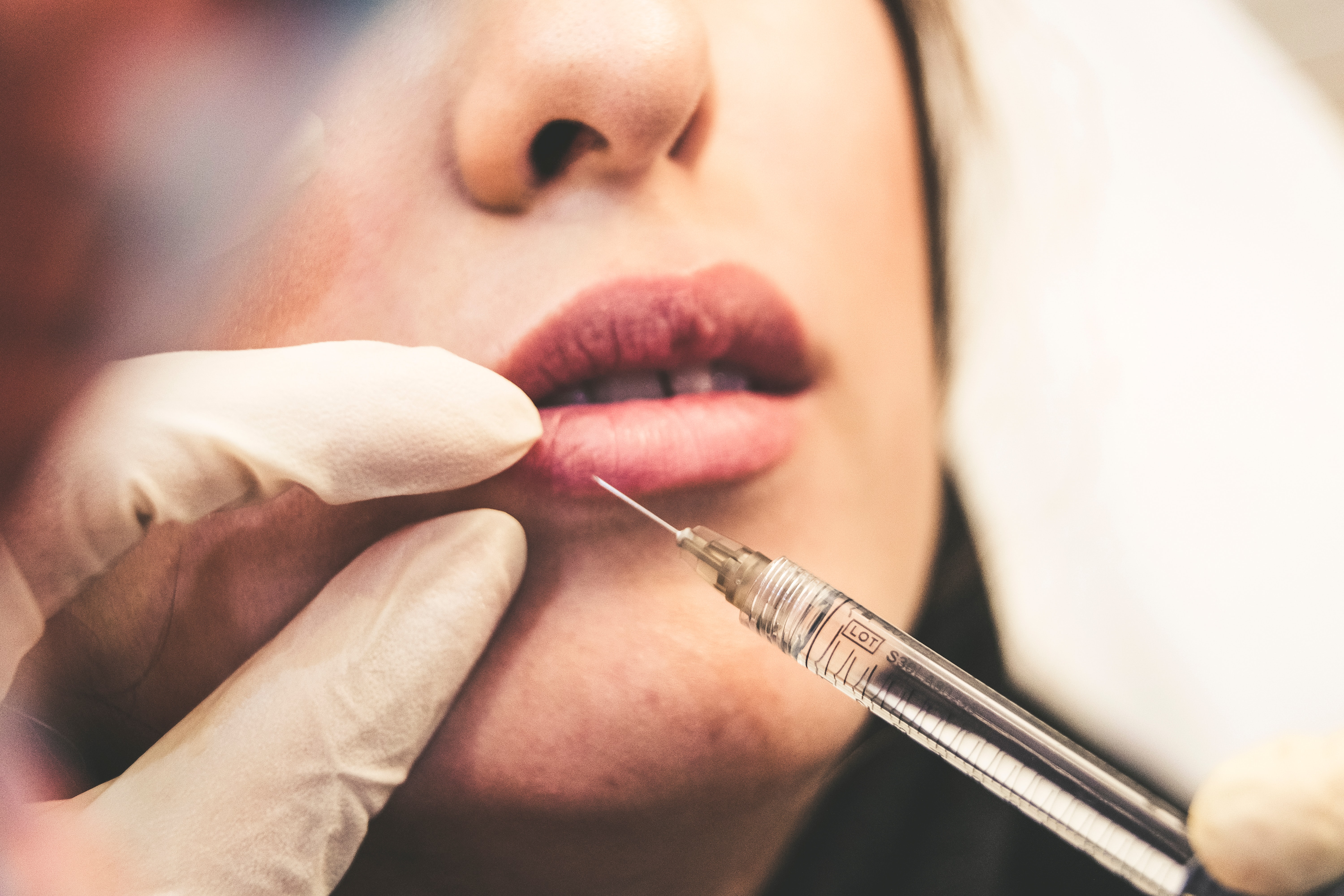
In a world where opting for injectables seem to be the answer, a question was raised in the GRAZIA HQ: are eye creams actually effective, and when is it time to go down the route of fillers?
The skin around the eye area is the most delicate and thin, meaning it is more prone to showing signs of ageing first. It is no surprise that most women discover their first wrinkle around the eyes, most commonly known as the ‘crow’s feet.’ Factors like sun exposure and genetics have a big role to play in the affect of our eyes as we age. Although eyes creams are a nice step to a skincare routine, these products might not have the strength in their ingredients that would be necessary or effective for what our under eyes need.
Which to choose from?
Eye products come in gel, cream and serum form. Although eye creams are the most common, they mainly only hydrate the area and sometimes firm. If you are prone to ‘milia,’ which are small white bumps usually around the cheeks and eye area, switch to a lighter gel texture to reduce the risk of milia forming.
When should I be using an eye cream?

Contrary to belief – which is that you should start using an eye product from 30 onwards – these creams can be used at any age once the ingredients are taken into account. For example, retinol eye creams suit 25+ year-olds whereas hydrating light eye creams containing ceramides can be used on younger skin if needed.
What do eye creams treat?
Dark circles, fine lines and puffiness are all a common under eye issue in the skin, however eye creams may not be the solution to each of these problems. Sometimes, cosmetic treatments or injectables may be recommended as another form of treating the eye area. However, it’s always good to incorporate an eye cream whilst keeping up with your doctor appointments in the meantime.
For some, bags can form under the eye area leaving dark circles which is usually hereditary and a common issue that runs in a person’s family. Eye creams with ingredients like Vitamin C help treat pesky dark circles by reversing the damage caused by the sun, however if the bags are a problem due to genetics, then a skincare cream may not be the solution. For others, it may be that their crow’s feet is the issue, meaning retinol or vitamin A based products will help treat the area best.
When should I resort to my doctor?

When it comes to under-eye creams, the product itself can only achieve so much. If a cream is used for anti-ageing purposes due to volume loss, it is important to remember that Botox, lasers, micro-needling and surgical procedures may need to be considered for the results that you are looking for. The same might be regarded towards filler. If there is a hollowness to the area, there is a likelihood that tear-through filler could be a possible solution. Certain treatments such as fractional laser are known to brighten the pigment underneath the eye and stimulate the collagen cells in the skin around the area, meaning tighter and brighter results.
So what’s our verdict on the matter? Eye creams or injectables? It’s hard to choose one over the other, or dare we even say, maybe not worth trying in the first place.
While some may say eye creams are a marketing scam promising to fix a hereditary problem, others have argued that fillers and injectables aren’t always the answer to resort to and even sometimes considered as an irreversible regret.
It’s important to always do your research and read reviews before making a decision whether it comes to buying a product or booking an appointment with a cosmetic doctor.









